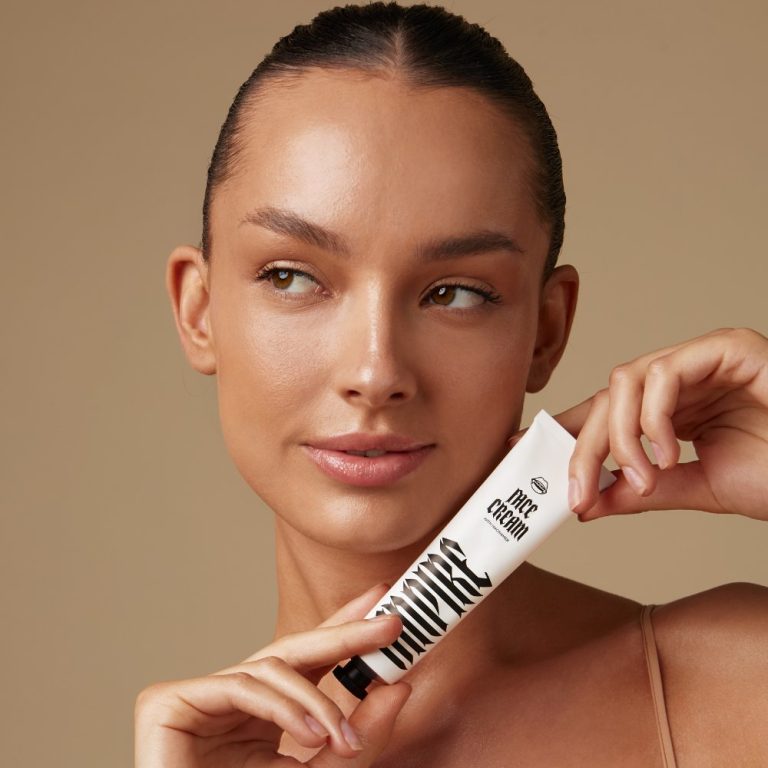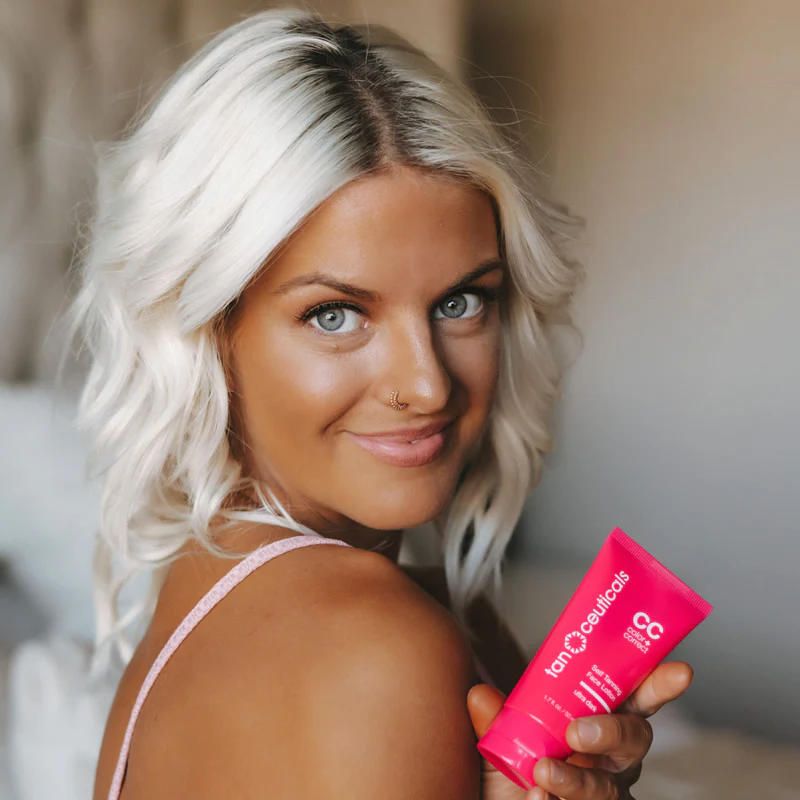
Tanning Face Lotion: Achieve a Radiant Glow Safely
Understanding Tanning Face Lotion
Tanning face lotion offers a convenient way to achieve a sun-kissed glow without excessive sun exposure. These specialized products cater to the delicate skin on the face, providing both color and care. Unlike body tanners, facial formulations take into account the unique needs of facial skin. They often include ingredients that address concerns such as fine lines, uneven texture, and sensitivity.
Additionally, many tanning face lotions incorporate skincare benefits, making them a multitasking solution for beauty enthusiasts. The appeal of these products lies in their ability to deliver a natural-looking tan while nurturing the skin. As the beauty industry evolves, more advanced formulations continue to emerge, offering improved results and enhanced skin benefits. Understanding the basics of tanning face lotions helps in choosing the right product for individual needs and skin types. Moreover, knowing how these lotions work enables users to maximize their benefits while minimizing potential risks.
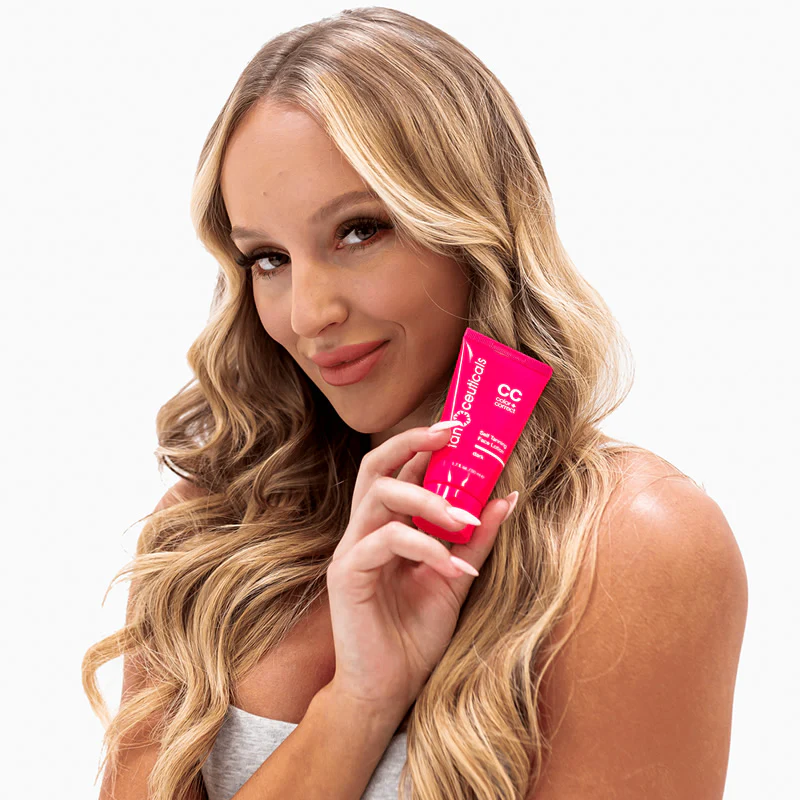
The Science Behind Tanning Face Lotions
Tanning face lotions work through a chemical reaction on the skin’s surface. The active ingredient, typically dihydroxyacetone (DHA), interacts with amino acids in the skin’s top layer. This interaction produces a color change, resulting in the appearance of a tan. The process, known as the Maillard reaction, develops gradually over several hours. Higher concentrations of DHA generally produce darker results. Many modern formulations also include erythrulose, another tanning agent that provides a more natural-looking, longer-lasting color.
Besides tanning agents, these lotions often contain moisturizers, antioxidants, and skin-soothing ingredients. These additional components help to counteract potential drying effects and provide skincare benefits. Some advanced formulas incorporate bronzers for immediate color, offering instant gratification while waiting for the DHA to take effect. Understanding the science behind these products helps users appreciate the importance of proper application and aftercare. It also explains why results can vary among individuals, as factors like skin pH and temperature can influence the tanning process.
Benefits of Using Tanning Face Lotion
Tanning face lotions offer numerous advantages over traditional tanning methods. Firstly, they provide a safer alternative to sun exposure, reducing the risk of skin damage and premature aging. Users can achieve a golden glow without subjecting their skin to harmful UV rays. Secondly, these products offer precise control over the intensity of the tan. By choosing formulas with varying DHA concentrations, individuals can customize their desired level of color. Another benefit lies in the convenience of application.
Users can apply the lotion at home, eliminating the need for tanning beds or lengthy sunbathing sessions. Many tanning face lotions also double as skincare products, incorporating ingredients that hydrate, nourish, and protect the skin. This multitasking approach simplifies skincare routines while enhancing overall skin health. Furthermore, tanning face lotions provide a more even and natural-looking tan compared to full-body products used on the face. They take into account the different needs of facial skin, resulting in a more flattering and realistic appearance.

Choosing the Right Tanning Face Lotion
Selecting the appropriate tanning face lotion requires consideration of several factors. Skin type plays a crucial role in determining the best product. Those with dry skin should look for hydrating formulas, while individuals with oily or acne-prone skin benefit from oil-free options. Sensitivity is another important consideration. People with sensitive skin should opt for fragrance-free, hypoallergenic formulations to minimize the risk of irritation.
The desired level of tan also influences product choice. Gradual tanners offer a subtle, buildable color, ideal for beginners or those preferring a lighter glow. Rapid tanners, on the other hand, deliver more intense results in a shorter time frame. Additionally, consider any specific skincare concerns. Many tanning face lotions address issues like fine lines, uneven texture, or dullness. Choosing a product that aligns with individual skincare goals enhances the overall benefits. Lastly, factor in lifestyle and application preferences. Some lotions develop color overnight, while others work within a few hours. Select a product that fits comfortably into your daily routine.
Proper Application Techniques
Achieving the best results with tanning face lotion requires proper application techniques. Start with clean, exfoliated skin to ensure even absorption and color development. Gently exfoliate the face to remove dead skin cells, focusing on areas prone to dryness or flaking. Next, apply a light, oil-free moisturizer to any particularly dry areas. This step prevents the tanning solution from settling into dry patches and creating an uneven appearance. When applying the tanning lotion, use a small amount and blend thoroughly.
Pay special attention to the hairline, eyebrows, and around the nose to avoid noticeable lines or patches. For areas like the neck and ears, dilute the product slightly with moisturizer to create a seamless transition. After application, wash hands thoroughly to prevent staining of palms and nails. Allow the product to dry completely before applying makeup or additional skincare products. For best results, avoid water contact for several hours after application. This allows the color to develop fully without interference. Following these application techniques ensures a natural-looking, even tan that enhances facial features.
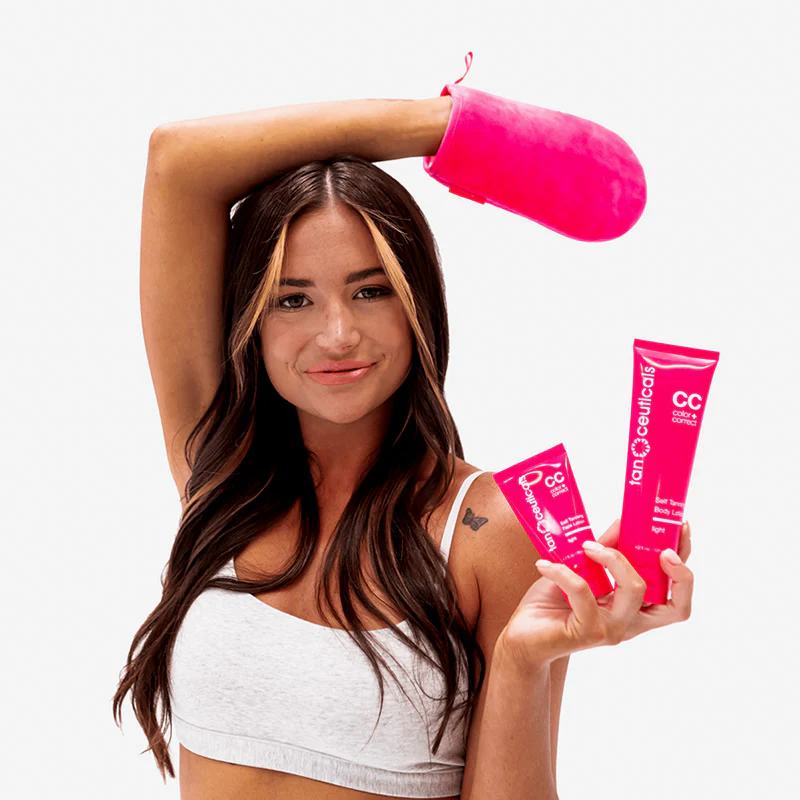
Common Mistakes to Avoid
While using tanning face lotion, several common mistakes can lead to suboptimal results. One frequent error involves applying too much product. Excessive application often results in an unnatural, overly dark appearance or streaky finish. Another mistake is neglecting to exfoliate before application. Failure to remove dead skin cells can lead to patchy, uneven color development. Many users also forget to blend the product well around the hairline, eyebrows, and jawline. This oversight can create noticeable lines or color discrepancies. Applying tanning lotion to damp skin is another error to avoid.
Moisture dilutes the product and can cause streaking or uneven absorption. Some individuals make the mistake of using body tanners on their face. These formulations are often too harsh for delicate facial skin and may cause irritation or breakouts. Additionally, forgetting to moisturize dry areas before application can result in dark patches where the product clings to dry skin. Lastly, touching the face or engaging in activities that cause sweating immediately after application can disrupt color development. Avoiding these common mistakes ensures a more satisfying and natural-looking result.
Maintaining Your Facial Tan
Preserving a beautiful facial tan requires ongoing care and maintenance. Proper moisturization plays a key role in extending the life of the tan. Regular application of a hydrating lotion helps prevent the tan from fading unevenly. Gentle cleansing is also essential. Avoid harsh scrubs or exfoliants that can strip away the tanned skin cells prematurely. Instead, opt for mild, non-abrasive cleansers that maintain skin health without compromising the tan. Sun protection remains crucial, even with a faux tan.
Apply a broad-spectrum sunscreen daily to protect the skin and prevent uneven fading due to sun exposure. When reapplying tanning face lotion, start with a light application to build color gradually. This approach prevents over-darkening and maintains a natural appearance. Pay attention to areas that tend to fade faster, such as the nose and chin, and apply product more frequently to these spots. Consider using a gradual tanning moisturizer between full applications to maintain color consistency. This method provides subtle color enhancement while nourishing the skin.
Addressing Potential Side Effects
While tanning face lotions are generally safe, some users may experience side effects. Skin irritation is one potential issue, particularly for those with sensitive skin. Symptoms may include redness, itching, or a burning sensation. If irritation occurs, discontinue use and consult a dermatologist. Some individuals may develop an allergic reaction to ingredients in the product. This can manifest as hives, swelling, or severe itching. In such cases, seek medical attention promptly.
Uneven color development is another possible side effect, often resulting from improper application or interaction with skincare products. To address this, exfoliate gently and reapply the product, taking care to blend thoroughly. Some users report a distinct odor associated with self-tanners. This scent, caused by the interaction between DHA and skin proteins, typically fades after a few hours. Using fragranced moisturizers can help mask the smell if it becomes bothersome. In rare cases, tanning lotions may cause breakouts, especially in acne-prone individuals. Choosing non-comedogenic formulas can help minimize this risk.
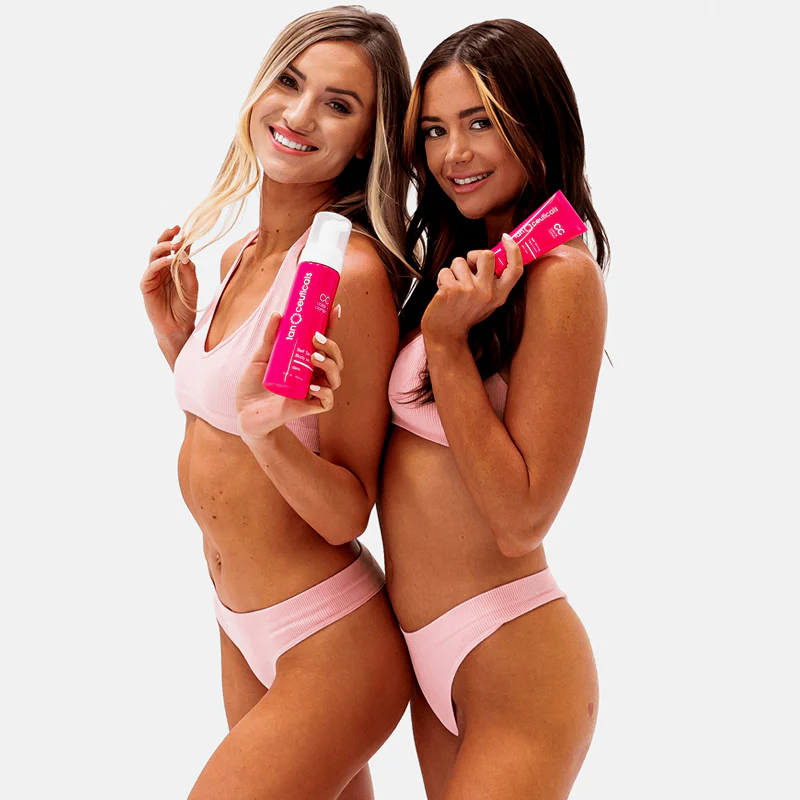
Combining Tanning Face Lotion with Skincare Routines
Integrating tanning face lotion into existing skincare routines requires careful consideration. Timing plays a crucial role in achieving optimal results. Apply tanning products after cleansing and toning, but before heavy moisturizers or oils. This sequence allows the tanning agents to interact directly with the skin for better color development. When using active skincare ingredients like retinoids or alpha-hydroxy acids, apply them on alternate nights to the tanning lotion. These potent ingredients can increase cell turnover, potentially causing the tan to fade more quickly.
For daytime routines, apply tanning lotion first, followed by a lightweight moisturizer and sunscreen. This layering ensures proper absorption of the tanning product while maintaining sun protection. Consider reducing the frequency of exfoliation while maintaining a facial tan. Over-exfoliation can lead to premature fading and uneven color. Instead, opt for gentle, chemical exfoliants used sparingly. When introducing new skincare products, patch test to ensure they don’t interfere with the tanning lotion or cause adverse reactions. By thoughtfully combining tanning face lotion with skincare routines, users can achieve a glowing complexion while maintaining skin health.
The Future of Tanning Face Lotions
The tanning face lotion industry continues to evolve, driven by advancements in skincare technology and changing consumer preferences. Future formulations are likely to incorporate more natural and organic ingredients, catering to the growing demand for clean beauty products. Expect to see innovative tanning agents that provide more customizable and long-lasting results. These new formulas may offer better color matching for diverse skin tones and improved fade resistance.
Integration of anti-aging and skin-repairing ingredients will likely become more prevalent, blurring the lines between tanning products and high-performance skincare. Smart tanning lotions that adapt to individual skin chemistry for optimal color development may emerge. Additionally, sustainability in packaging and production will likely play a larger role in product development. As consumer awareness grows, brands may focus on creating eco-friendly options that deliver results without compromising environmental responsibility. The future of tanning face lotions promises exciting advancements that combine cosmetic benefits with cutting-edge skincare science, offering users more sophisticated and effective options for achieving a healthy, radiant glow.

